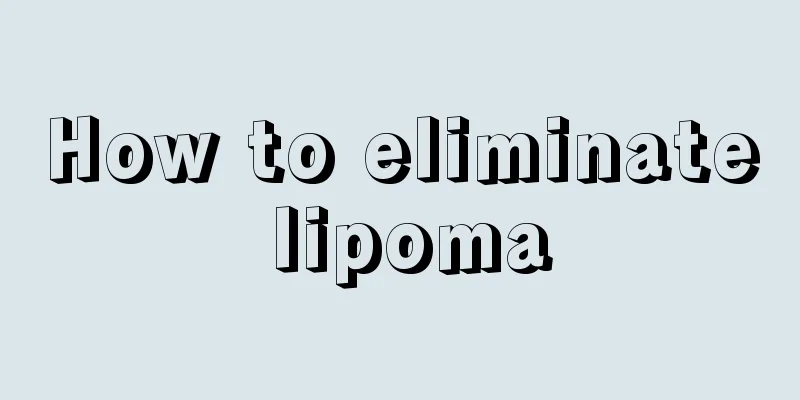How to use potassium permanganate lotion

|
Modern women are very concerned about their own hygiene and use a lot of disinfectants to disinfect their bodies. Among them, the disinfection of the genitals is the most important. Most women will use potassium permanganate lotion for cleaning, but this chemical substance will cause side effects to the body if used improperly. Let’s take a look at how to use potassium permanganate lotion. I hope women can understand this. First of all, the concentration must be accurately controlled. Too high a concentration will cause local skin corrosion and ulceration. A simple way to check the concentration is to directly observe the color of the solution, if it is rose red. Secondly, the disinfection time must be at least 5 minutes. Potassium permanganate releases oxygen slowly and it takes a certain amount of time to kill bacteria. The prepared aqueous solution can usually only be stored for about two hours. When the solution turns brown-purple, it loses its disinfecting effect and it is best to prepare it before use. Finally, use cold boiled water when preparing potassium permanganate. Potassium permanganate is a strong oxidant. When it comes into contact with organic matter, it releases new ecological oxygen and has the effect of killing bacteria. It has a strong bactericidal effect. In clinical practice, a solution with a concentration of 1:2000-1:5000 is often used to rinse skin wounds, ulcers, thrush, abscesses, etc. The solution is used for gargling to remove bad breath and disinfect the oral cavity. It should be noted that the concentration of the solution must be accurately controlled, as too high a concentration will cause local corrosion and ulceration. Time must be considered when preparing the solution. Potassium permanganate releases oxygen slowly, and the soaking time must reach 5 minutes to kill the bacteria. Use cold boiled water to prepare the solution, as hot water will make it ineffective. Effect: The use of potassium permanganate aqueous solution for sitz baths in the treatment of vaginitis should also be treated differently according to different situations. For vaginitis and Trichomonas vaginitis caused by bacterial infections such as Staphylococcus, Streptococcus, Escherichia coli and Proteus, potassium permanganate aqueous solution can be used as an auxiliary treatment for sitz bath. Because these pathogenic microorganisms are not suitable for growing in an acidic environment, they are easily killed by potassium permanganate. Note: Vaginitis candidiasis is mainly caused by Candida albicans, which usually parasitizes in the vagina. When the body's resistance is reduced or when broad-spectrum antibiotics and other drugs are used in large quantities for a long time, Candida will multiply rapidly due to bacterial flora disorders, leading to the occurrence of vaginitis. If potassium permanganate is used to treat this type of vaginitis, it will not only fail to inhibit the reproduction of fungi, but may even aggravate the condition. For candidal vaginitis, an alkaline solution with 2-4% sodium bicarbonate can be used to flush the vulva and vagina as an auxiliary treatment to create an alkaline environment that is not conducive to the survival of Candida alba. |
<<: How to remove the fishy smell from stewed Spanish mackerel
>>: What are the uses of carbon dioxide
Recommend
How long can you live after liver cancer intervention? What are the precautions for liver cancer?
How long can a person with liver cancer live afte...
What to do if teratoma recurs again
Teratoma is a tumor that grows in the germ cells ...
Top Ten Delicious Snacks in Fujian
Fujian is located in the southeastern coastal are...
Can leeks and grapes be eaten together?
Grapes are rich in many nutrients needed by the h...
Is blood in the nasal discharge a nasopharyngeal cancer? How should it be treated?
Is blood in the nasal discharge a nasopharyngeal ...
Is fungal pneumonia contagious?
We who are strong and healthy now will gradually ...
Things to note after artificial insemination
With the improvement of medical standards, many t...
How can women prevent cervical cancer? What are the methods to prevent cervical cancer?
1. Avoid sitting for long periods of time: One of...
Will honey cause internal heat?
Honey is very familiar to us. It tastes sweet and...
What is the cause of bed-wetting due to spina bifida
Bedwetting caused by spina bifida is a medical pr...
Causes of pain on the outside of the elbow
Elbow pain is a very common condition in life. Se...
What are the main symptoms of bladder cancer?
Bladder cancer is a chronic male disease. The ons...
What causes biceps pain?
Many men usually choose to go to the gym to work ...
Can I drink ginger and jujube tea in dog days?
During the dog days of summer, many people choose...
How to treat left ovarian teratoma
The treatment of left ovarian teratoma needs to b...









